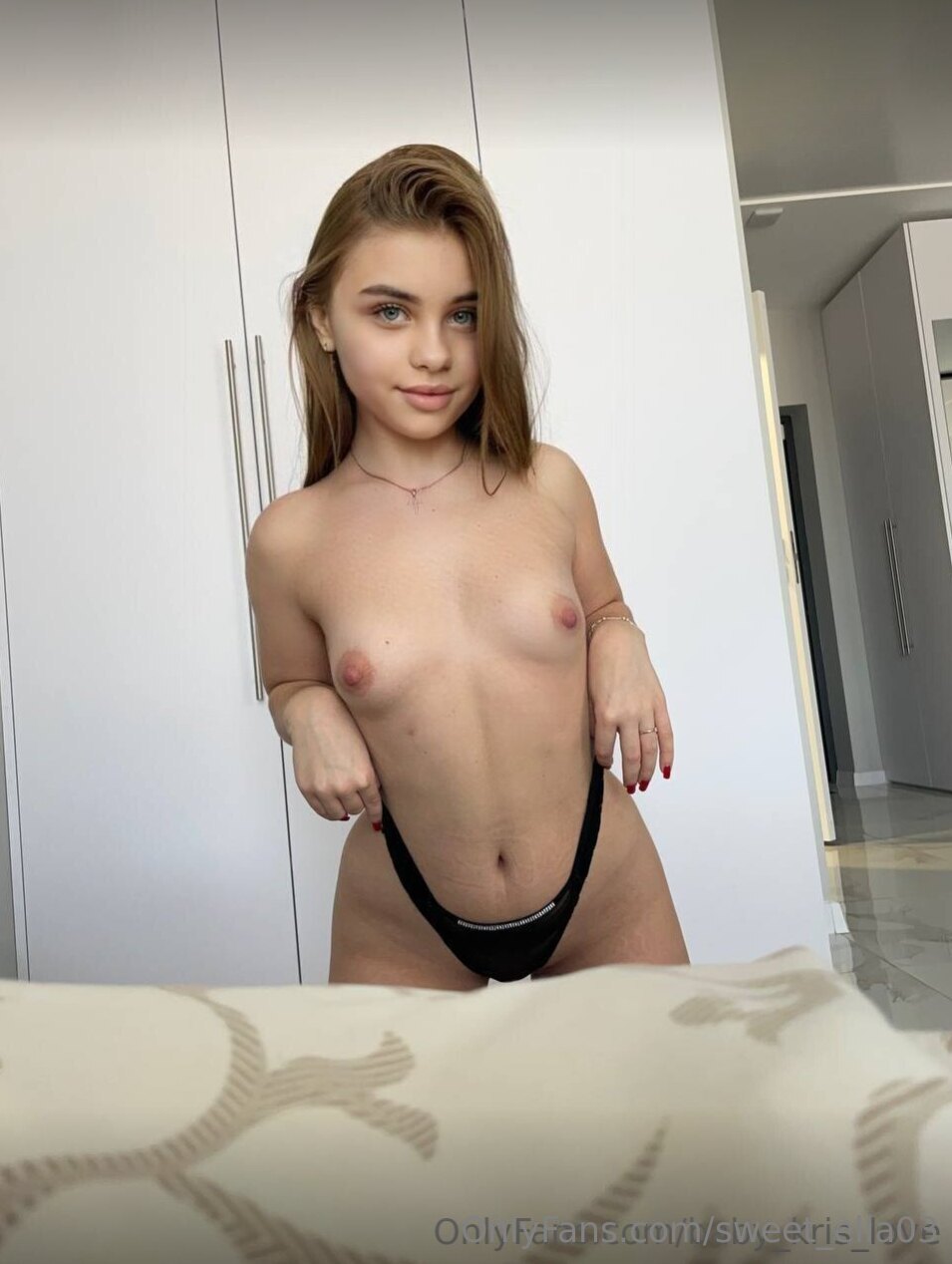beautiful and sexy young girl Stock Photo
30 Sexiest Music Videos of All Time Hottest Music Videos Ever
July 31, 2024Cat casino – Скачайте для Андроид и iOS, автоматы бонусы
July 31, 2024beautiful and sexy young girl Stock Photo
Another team of researchers examined whether an infant’s treatment might be impacted if the infant wore a clothing color traditionally linked to the opposite sex. Specifically, Ben-Zeev and Dennehy (2014) used prospect theory to conduct an experiment testing the effect of color (pink versus blue) of male infant clothing on health decisions concerning that infant. Participants were told to that their task was to select one of two vaccines for three male infants in an orphanage. Vaccine A was only available in limited quantities and if it was chosen only one infant could receive it, but the treatment was known to be effective (less risk averse option). Vaccine B could be given to all three infants, but was known to be ineffective such that there was a 1/3 probability that all three babies would stay healthy and a 2/3 probability that no infant would stay healthy (risk taking option).
- Cassidy and Hurrell (1995) investigated the effect of a female victim’s clothing (i.e., provocative, conservative, no information) in an experiment with high school students.
- “I’m a firm believer that girls and women of all ages should be able to wear whatever they want, but I’m not going to serve my daughter up on a platter,” says Keith, who still can’t believe she had to consider this issue as a kindergarten parent.
- Some mothers of daughters who have scoured the Internet for alternatives, recommended to me blogs like Princess Free Zone and A Mighty Girl, as well as online stores offering alternative toys and clothes for girls.
- To assess other-objectification, undergraduate men and women rated the extent to which the stimulus person engaged in mental activities (mind attribution) and completed a moral concern scale.
- You can’t walk through the grocery checkout aisle without seeing the latest shenanigans of young celebrities.
Sexy little girls party dresses
However, they are not able to deal with these issues because their cognitive development is out of sync with their social, emotional and sexual development,” the APA reported. Earlier this year, a Princeton University study found a growing leadership gap among male and female undergraduates. Apps that allow parental restrictions on a minor child’s phone are common, but Common Sense Media’s recent research found that parental control apps sent the most notifications during school hours, sending a median of almost 30 notifications during the school day! In other words, it is the increasing “pornification” of women’s images in our culture that contributes to the pressure facing girls.
Girls who are online now
AMAZING LUSTFUL CUTIE baby_and_lina 🤤
ADDICTION TO SEX 👅
🍓 THE RIPEST FRUIT YOU’VE EVER TASTED🍍
🍓 This erotic princess is waiting for you and ready to fulfill any wish 😏
⬇️𝐒𝐔𝐁𝐒𝐂𝐑𝐈𝐁𝐄⬇️
Don’t miss it 👉christie_angel💞
🔞She baby_kris_love needs your cock more than ever🔞
This cutie loves to play with her tight holes.
She baby_kris_love will take any pose to make your balls empty🍆♨️💦
⬇️𝐒𝐔𝐁𝐒𝐂𝐑𝐈𝐁𝐄⬇️
SWEET GIRL mary_angel
WITH GORGEOUS CURVES🍓
🎀She is a master of deep blowjob💦
😈Satisfy her unquenchable hunger as she longs to empty your cock and make you cum non-stop🍌👅
Don’t resist temptation, embrace it!
⬇️𝐒𝐔𝐁𝐒𝐂𝐑𝐈𝐁𝐄⬇️
💖ONLY TODAY💖 sinful_rosa
Fiery beauty sinful_rosa🔥
Loves stretching her tight pussy with her fingers and sucking dick with juicy lips🥵🥵🥵
Show how her excited clitoris pulsates💦
Hurry up and text her, she’s always online for you!😘
⬇️𝐒𝐔𝐁𝐒𝐂𝐑𝐈𝐁𝐄⬇️
sweete_girl 🔥𝐅𝐑𝐄𝐄 𝐎𝐍𝐋𝐘 𝐓𝐎𝐃𝐀𝐘🔥 sweete_girl
𝐇𝐄𝐑 TINY 𝐏𝐔𝐒𝐒𝐘 𝐒𝐎 𝐖𝐄𝐓 𝐑𝐈𝐆𝐇𝐓 𝐍𝐎𝐖💦
𝐖𝐀𝐍𝐓 𝐓𝐎 𝐒𝐄𝐄 𝐈𝐓?🥵
@victoria 𝐈𝐒 𝐖𝐀𝐈𝐓𝐈𝐍𝐆 𝐅𝐎𝐑 𝐘𝐎𝐔 𝐀𝐍𝐃 𝐖𝐀𝐍𝐓 𝐓𝐎 𝐏𝐋𝐀𝐘😈
⬇️𝐒𝐔𝐁𝐒𝐂𝐑𝐈𝐁𝐄⬇️
Why Are Little Girls’ Halloween Costumes Still So Sexy?
The use of objectification theory to explain and predict dress and violence seems to hold promise because sexual violence is a sexually objectifying experience. Evolutionary theory was cited most often by researchers studying dress as a cue to sexual information and the topic could benefit from an overarching theory to move it forward. In one study framed using objectification theory, undergraduate white women from the US Midwest viewed and rated well-known female Olympian athletes appearing in either provocative or sports attire (Gurung and Chrouser 2007). Lower ratings of capability (strength, determined, capable) as a function of the provocative dress manipulation and higher ratings of objectification (attractive, sexually experienced, desirable) traits were interpreted as evidence of sexual objectification. By this definition, provocative attire led to sexual objectification of the women athletes but the sports appropriate clothes did not. In addition, as compared to when wearing sports attire, when wearing provocative dress the athletes were rated less strong, less capable, less determined, less intelligent, less self-respecting, but more feminine.
Recently, actress Geena Davis joined Sen. Kay Hagan (D) of North Carolina and Rep. Tammy Baldwin (D) of Wisconsin to lobby for a bill that would support efforts to improve the image of women and girls in the media. The style, which sees little girls striking sexy poses in low-cut dresses, crop tops and high-waist trousers – scaled down versions of adult women’s clothing – has become trendy among children’s wear e-commerce shops and parenting influencers in China in recent years. Whether it’s her series Color Studies, which shows women in private moments, or Centrefolds, which references erotic images from men’s magazines, her photographs centralise the female body. Because the women in Centerfolds look melancholic, vulnerable or fearful, New York magazine critic Jerry Saltz described them as the “unsexiest sexy pictures ever”, while some feminists condemned them as titillating. For them, overtly sexy dress suggested insincerity, a low social class, and a lack of morals and values. Older women commented that young women dressing sexy were immature and were participating in their own sexual objectification.
Hence, our initial research goal was to provide a review of the empirical research that contained investigations of relationships between dress and any aspect of sex (e.g., sexual activity, sexual orientation, sexiness) and was published in refereed journals. This review is useful to both faculty and students interested in pursuing research on connections between dress and sex or who teach courses that include such content as it provides a synthesis of available research and identifies knowledge gaps. Sauer conducted an independent review of the site at the request of NBC News, using a similar methodology. Upon doing an initial search for images of kids, he said, his homepage “almost immediately” filled with images of children often dressed in similarly revealing attire, several of which had received sexually suggestive comments. Over a one-month period, NBC News created a Pinterest account and reviewed hundreds of girls’ Pinterest accounts as well as their followers’ pages, many of whom appeared to be men.






